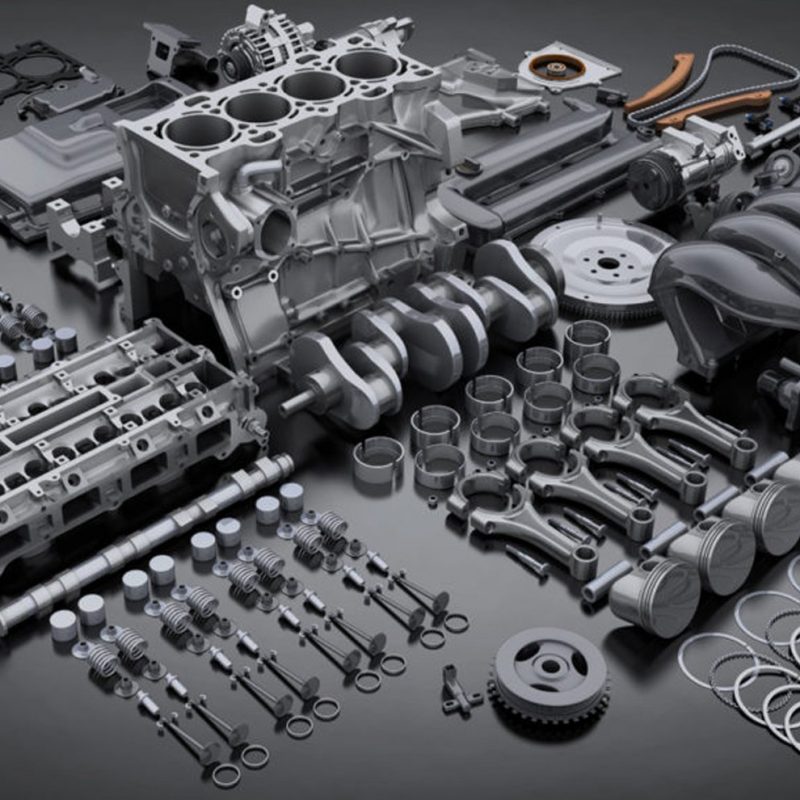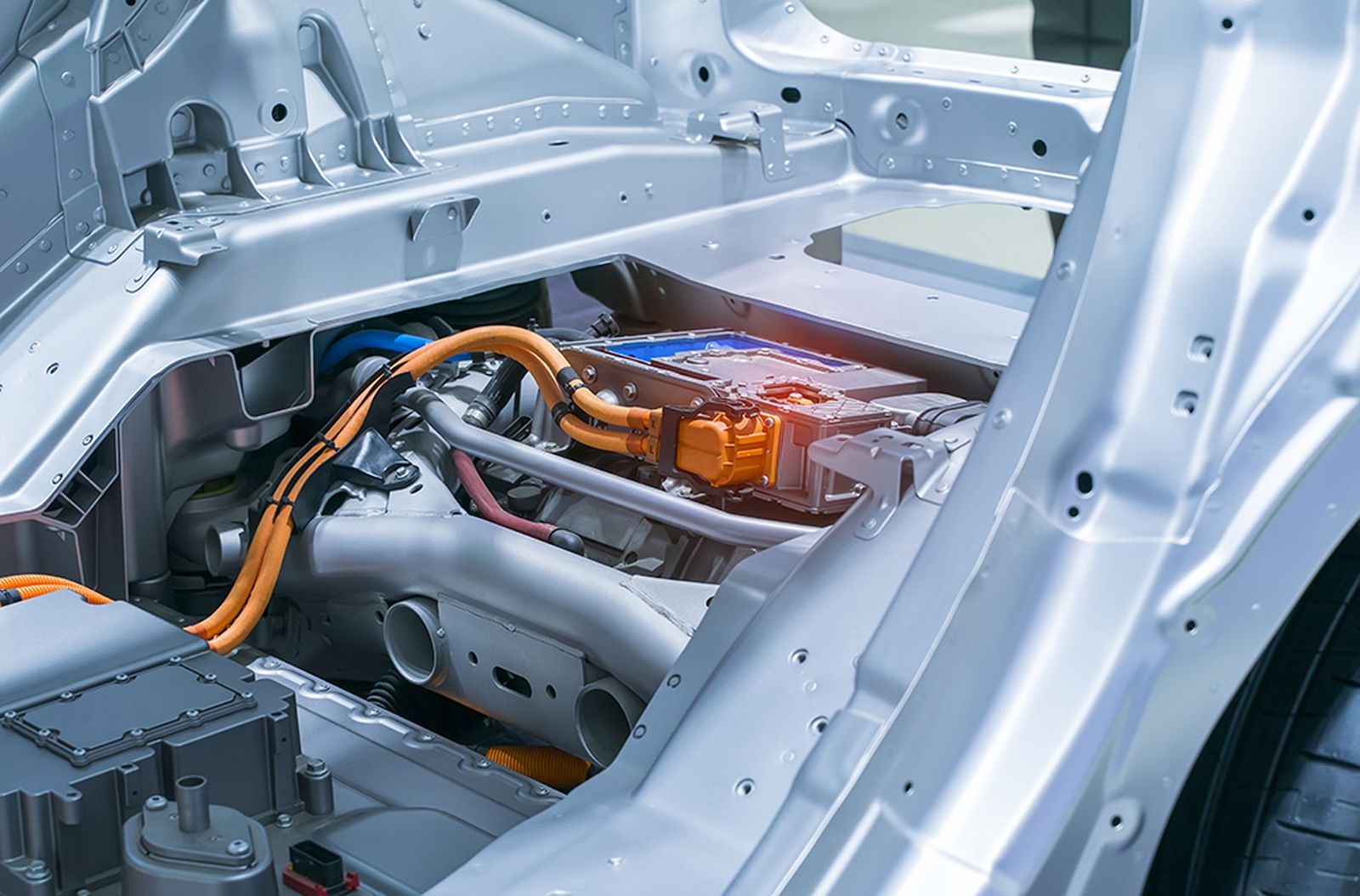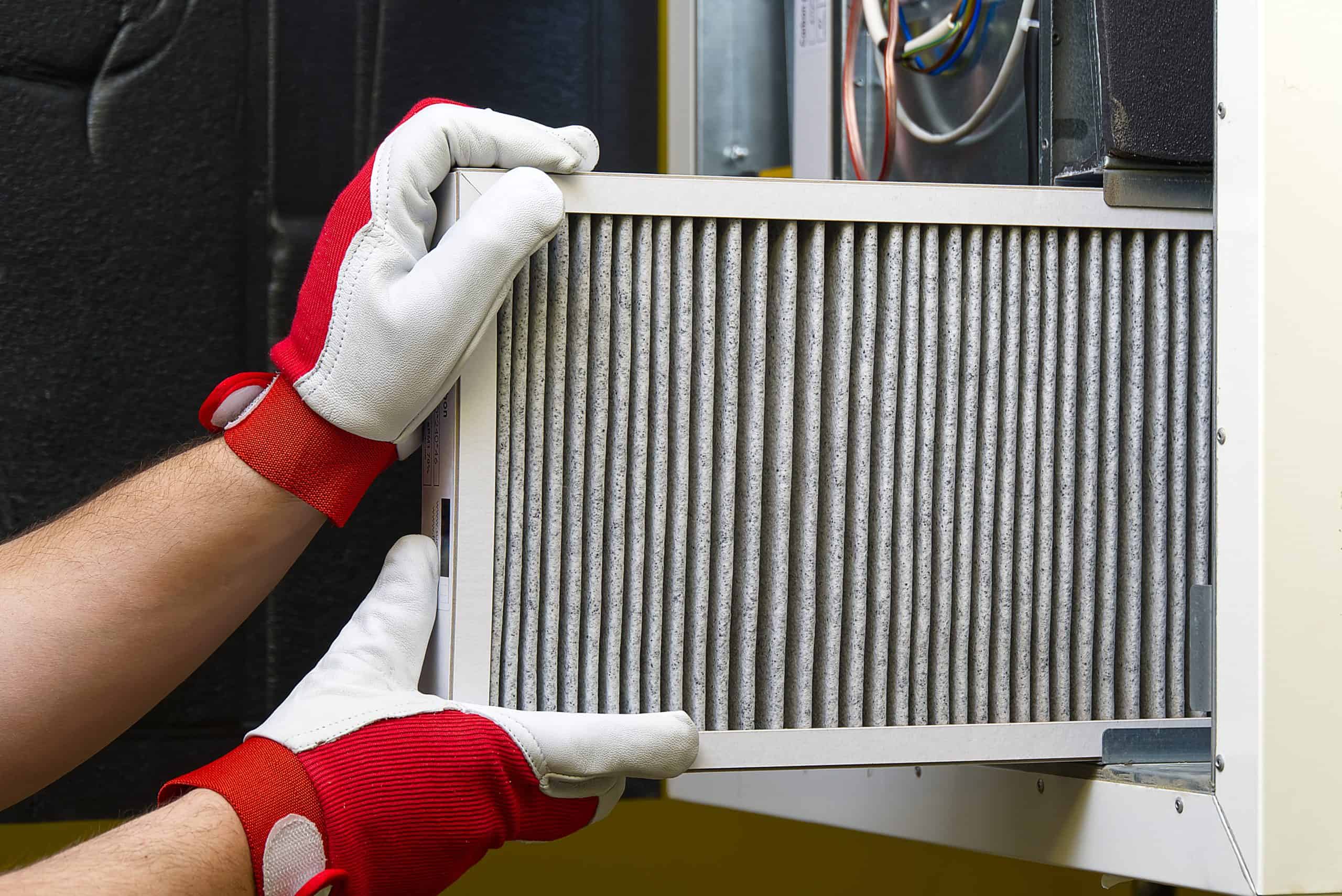The Pros and Cons of Aftermarket Parts: Is It Worth the Investment?
“The Pros and Cons of Aftermarket Parts: Is It Worth the Investment?”
I. Introduction
Aftermarket parts are a popular choice among car owners who want to upgrade or repair their vehicles. These parts are produced by manufacturers other than the original equipment manufacturer (OEM) and are designed to fit and function like the OEM parts. They are often less expensive than OEM parts and offer a wider variety of options for customization and performance.
The purpose of this blog post is to discuss the pros and cons of using aftermarket parts. We will take a closer look at the benefits and drawbacks of these parts and help you determine whether or not they are worth the investment for your vehicle. Whether you’re looking to improve performance, upgrade your car’s appearance, or simply save money on repairs, this post will provide valuable information to help you make an informed decision.
II. Pros of Aftermarket Parts
One of the biggest advantages of aftermarket parts is their lower cost compared to OEM parts. These parts are often less expensive and can help you save money on repairs or upgrades. Additionally, aftermarket parts are widely available and offer a greater variety of options than OEM parts. Whether you’re looking for a specific color, style, or performance enhancement, you’re likely to find an aftermarket option that meets your needs.
Another advantage of aftermarket parts is the potential for improved performance. Some aftermarket parts are designed to increase horsepower, improve fuel efficiency, or enhance other aspects of vehicle performance. These parts can be a great option for car enthusiasts or those looking to boost their vehicle’s performance for racing or off-roading.
It’s important to note, however, that the quality of aftermarket parts can vary widely. While some aftermarket parts are designed and manufactured to meet or exceed OEM standards, others may be of lower quality and may not perform as well as OEM parts. It’s essential to do research and choose reputable manufacturers when buying aftermarket parts.
III. Cons of Aftermarket Parts
One of the main drawbacks of aftermarket parts is that the quality and durability may be inferior to OEM parts. While some aftermarket parts are designed and manufactured to meet or exceed OEM standards, others may be of lower quality and may not last as long as OEM parts. This is particularly true for lower-priced aftermarket parts and can result in frequent repairs or replacements.
Another potential issue with aftermarket parts is that they may not fit or function as well as OEM parts. Because aftermarket parts are not manufactured by the original equipment manufacturer, they may not be an exact match for your vehicle. This can lead to problems with installation, compatibility, or performance. It’s essential to do research and choose aftermarket parts that are specifically designed for your make and model of vehicle.
Finally, there are also warranty and liability issues to consider when using aftermarket parts. In some cases, using aftermarket parts may void the manufacturer’s warranty on your vehicle. Additionally, if an aftermarket part is found to be defective or causes damage to your vehicle, it may not be covered by liability insurance. It’s important to check with your insurance company and vehicle manufacturer before installing aftermarket parts.
IV. Is it worth the investment?
So, is it worth the investment to use aftermarket parts on your vehicle? The answer ultimately depends on your specific needs and circumstances.
When considering the pros and cons of aftermarket parts, it’s essential to evaluate the factors that are most important to you. For example, if cost is a primary concern, aftermarket parts may be a more affordable option than OEM parts. However, if quality and durability are your top priorities, OEM parts may be a better choice.
Other important considerations to take into account when making a decision include the type of vehicle you have, the intended use of the vehicle, and your budget. For example, if you have a luxury or high-performance vehicle, OEM parts may be a better choice to maintain the vehicle’s value and performance. On the other hand, if you have an older vehicle that you’re using for daily commute and you’re on a tight budget, aftermarket parts may be a more cost-effective option.
In conclusion, whether or not aftermarket parts are worth the investment depends on your specific needs and priorities. It’s essential to do research, choose reputable manufacturers, and consider the pros and cons before making a decision. Ultimately, it’s up to you to weigh the benefits and drawbacks and decide what’s best for your vehicle and budget.
V. Conclusion
In conclusion, aftermarket parts are a popular choice among car owners who want to upgrade or repair their vehicles. These parts are produced by manufacturers other than the original equipment manufacturer (OEM) and are designed to fit and function like the OEM parts. They are often less expensive than OEM parts and offer a wider variety of options for customization and performance.
We’ve discussed the pros and cons of aftermarket parts in this blog post, including the lower cost compared to OEM parts, the wide availability and variety, the potential for improved performance, the quality and durability may be inferior to OEM parts, the may not fit or function as well as OEM parts, and the warranty and liability issues.
It’s important to consider the pros and cons before making a decision about whether or not to use aftermarket parts on your vehicle. Factors such as vehicle type, intended use, and budget should be taken into account when making a decision. Ultimately, the decision whether or not to use aftermarket parts is up to you and your specific needs and priorities.
In summary, aftermarket parts can be a great option for car enthusiasts or those looking to save money on repairs, but it’s essential to do research and choose reputable manufacturers when buying aftermarket parts. It’s also important to consider the vehicle type, intended use, and budget before making a decision.








